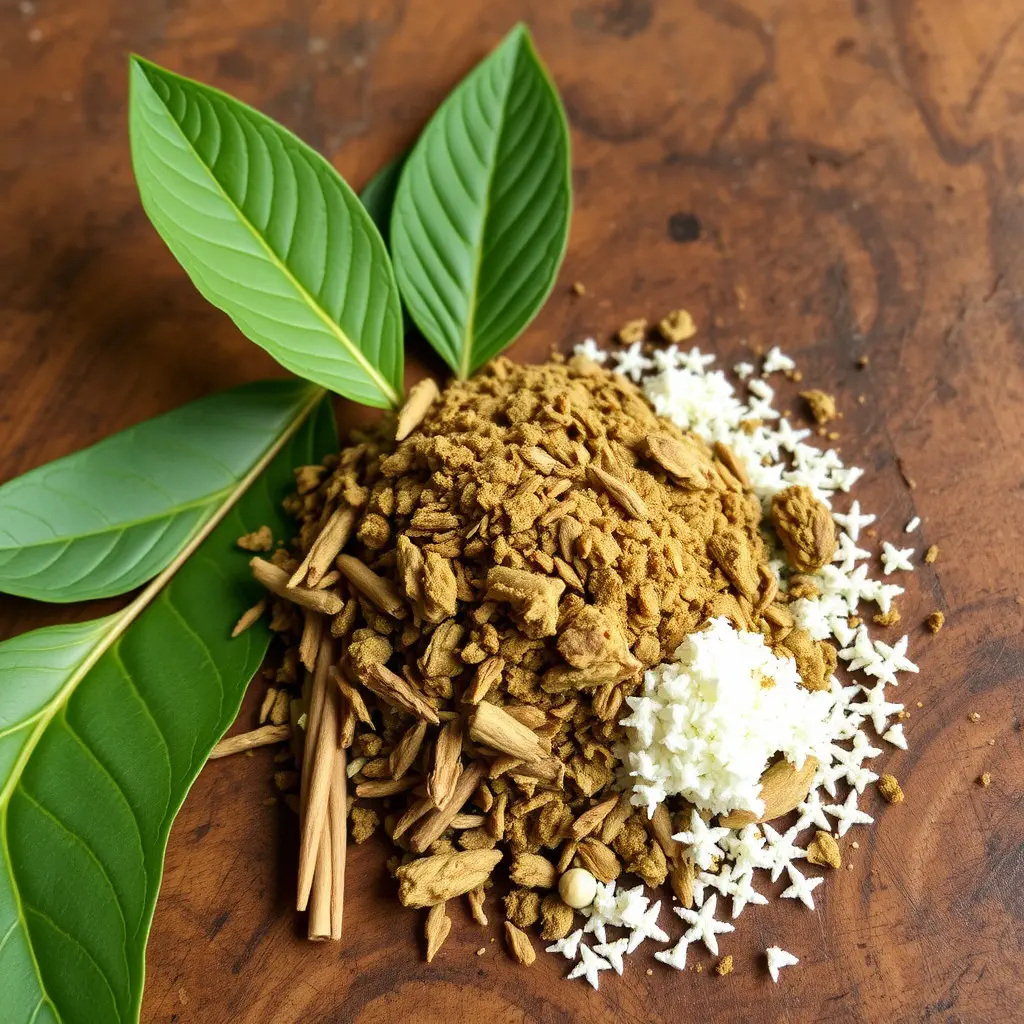Under Indiana's current laws, kratom is classified as a controlled substance, imposing specific restrictions for endurance athletes who wish to incorporate it into their training. Athletes must understand and follow the state regulations that govern the legal acquisition and consumption of kratom, including its permissible forms and quantities. Given the potential side effects and interactions with other substances, it is essential to use kratom under medical supervision. The evolving nature of Indiana's kratom law requires athletes to stay informed about any changes that could affect their training regimen. For those interested in using kratom for enhanced stamina and pain management, it's crucial to consult with healthcare professionals and navigate the complex legal landscape carefully. Always adhere to the latest provisions under the Indiana kratom law to ensure both legal compliance and safe supplementation as part of an endurance training program.
Endurance athletes in Indiana and beyond are increasingly turning to kratom, a natural supplement derived from the leaves of Mitragyna speciosa trees, as a means to enhance their training regimens. As we explore the intersection of endurance training and kratom supplementation, it’s crucial to navigate the state’s specific kratom legislation to ensure safe and effective use. This article delves into how kratom can be integrated into an endurance athlete’s routine, highlighting its role within the context of Indiana’s regulatory framework. Understanding both the benefits and limitations of kratom is essential for athletes seeking to optimize their performance while adhering to legal guidelines. Join us as we discuss the nuances of using kratom responsibly in your endurance training routine, ensuring peak performance while respecting local laws.
- Navigating Indiana's Kratom Legislation and Safe Endurance Training Enhancement
- Understanding Kratom's Role in Endurance Athletes' Training Regimens
- Integrating Kratom Supplements into Your Endurance Training Routine Responsibly
Navigating Indiana's Kratom Legislation and Safe Endurance Training Enhancement

Indiana’s legal framework surrounding kratom is a dynamic landscape that endurance athletes must navigate with care. As of the latest update, Indiana’s kratom law positions it as a controlled substance, which means that individuals looking to incorporate kratom into their training regimen must be cognizant of the specific regulations governing its use within the state. The legislation dictates the permissible forms and quantities under which kratom can be legally acquired and consumed, thereby influencing how endurance athletes can safely utilize it as a supplement for enhanced performance.
For those in Indiana engaging in endurance training, understanding the nuances of the local kratom laws is paramount to ensure compliance with state regulations. Kratom, when used responsibly under the guidance of healthcare professionals, may offer benefits such as increased stamina and pain management, which are particularly relevant for athletes pushing their physical limits. However, due to its potential for side effects and interactions with other substances, it is crucial to approach its use with a balanced perspective, prioritizing safety and adherence to the law above all else. Athletes should consult with qualified medical personnel and stay informed about any legislative changes that could affect their training regimen.
Understanding Kratom's Role in Endurance Athletes' Training Regimens

Kratom, a plant native to Southeast Asia, has gained attention in various athletic communities, particularly among those engaged in endurance training. Its active compounds, mitragynine and 7-hydroxymitragynine, are believed to play a role in enhancing physical performance and endurance by modulating pain perception, increasing energy levels, and promoting mental focus. For endurance athletes, the ability to sustain effort over long durations is critical, and kratom’s potential to mitigate fatigue makes it an intriguing supplement for these individuals. However, it is essential to understand that the use of kratom should be approached with caution and within the legal framework governing its use. In states like Indiana, the legal status of kratom can vary by municipality, with some areas allowing its sale and use while others have restrictions in place. Athletes considering incorporating kratom into their training regimen must first consult with healthcare professionals and be fully aware of the local kratom laws, as defined by the Indiana kratom law, to ensure compliance and safety. It is also advisable for athletes to stay informed about the evolving legal landscape surrounding kratom, as its status can change over time and may affect their training and competition eligibility. By adhering to legal guidelines and seeking expert advice, endurance athletes can safely explore how kratom might complement their training regimen and potentially enhance their performance.
Integrating Kratom Supplements into Your Endurance Training Routine Responsibly

When incorporating kratom supplements into your endurance training routine, it’s crucial to approach this integration with caution and awareness of the local regulations, such as those outlined by the Indiana kratom law. Kratom, derived from the leaves of Mitragyna speciosa, has been recognized for its potential ergogenic properties, which may enhance performance and endurance during athletic activities. However, the effects of kratom can vary significantly among individuals, and its legal status is subject to change, as reflected in the Indiana kratom law, which governs its use within the state’s boundaries. To ensure compliance with these regulations, athletes must first verify their eligibility under the current legislation before considering kratom as part of their training regimen.
In terms of responsible integration, it’s important to start with a low dosage to assess individual tolerance and effects on performance. Regular monitoring of both physiological responses and psychological well-being is essential, as kratom can influence mood and pain perception, which are key components in endurance sports. It’s also advisable to consult with healthcare professionals or sports nutritionists who can provide personalized guidance based on your training goals, health history, and the specific Indiana kratom law provisions that apply to you. This collaborative approach will help mitigate risks and optimize the benefits of using kratom as a supplement in your endurance training program. Remember to adhere strictly to the dosing guidelines and cycling recommendations, allowing your body to acclimate and preventing the development of tolerance or dependence. Responsible use, in accordance with local laws such as those dictated by Indiana kratom law, is paramount for maintaining both legal and health compliance during your endurance training journey.
In Indiana, where the legal landscape regarding kratom is defined by specific regulations, endurance athletes have an opportunity to explore how this supplement can be integrated into their training routines. Understanding kratom’s effects and its role in enhancing performance is crucial for those engaging in prolonged physical activities. By adhering to Indiana’s kratom legislation and employing kratom supplements responsibly, endurance athletes can potentially benefit from its stimulatory and analgesic properties without falling foul of the law. This article has outlined a clear path forward for those interested in the intersection of kratom use and endurance training, emphasizing the importance of compliance with state regulations and safe practice. As always, individual responses to kratom may vary, and it is imperative to consult with healthcare professionals before incorporating any new supplements into your fitness regimen.






